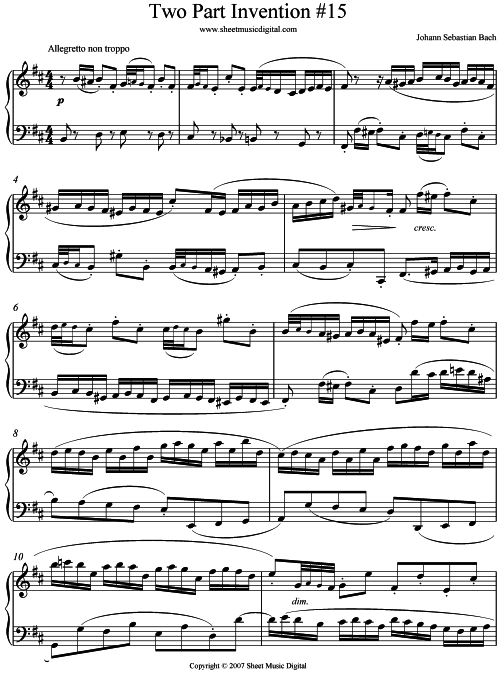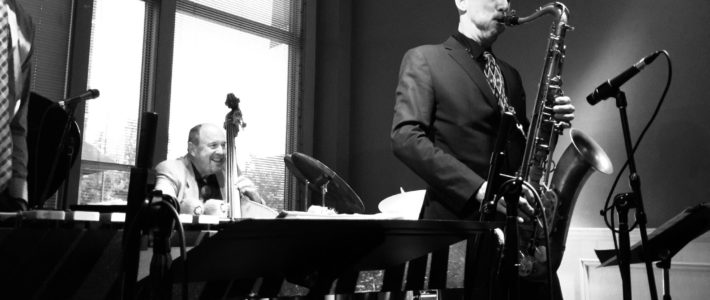Lesson 36: ii-V-i Harmonic Min.

This exercise is a (second) example of using a harmonic minor scale to create a melody over a minor ii-V-i progression. To do this we use the harmonic minor scale of the i chord. For example in a D-7b5 (ii),

Free Jazz Education and Music

This exercise is a (second) example of using a harmonic minor scale to create a melody over a minor ii-V-i progression. To do this we use the harmonic minor scale of the i chord. For example in a D-7b5 (ii),

This exercise is an example of using a harmonic minor scale to create a melody over a minor ii-V-i progression. To do this we use the harmonic minor scale of the i chord. For example in a D-7b5 (ii), G7b9,b13

Here’s another beautiful melody from the Bach 2 part inversions that comes from the harmonic minor scale. In this lesson I sing the phrase in one key (concert Ab minor) and then play it through all 12 keys. I really

Since I developed carpal tunnel syndrome in 1990, I began to sing as a way of practicing the saxophone without using my hands. After my operation, I could not use my hands to play the sax for 4 months so

In lesson 20 and 21 we worked on using chromatics as melodic material over specific harmony. Continuing along these lines, this exercise is another ii-7 – V7- Imaj7 using the chromatic scale. The melody ascends from the minor 3rd

Here’s a short melody I worked out using minor 3rds descending by half steps. It works well as a V7 to i minor cadence and after the descending minor 3rd passage I added a short 5 note minor melody to

Lots of great melodies are no more than a triad with a bit of stepwise embellishment. This exercise takes a spread triad in root position and embellishes the 3rd at the top of the voicing with upper and lower neighbor

Finding new ways to construct melodies over a major chord can be challenging as Ionian, Lydian and Lydian augmented seem to dominate the harmonic landscape in major. This lesson uses a melody that incorporates b9 and b13 over major. Although

The whole tone scale can be a bit too transparent to use frequently during improvisation. I’ve found that by conceiving of it both in augmented triads and with chromatic passing tones it becomes a little less obviously “whole tone”. This

sax, jazz improvisation, music school, saxophone, how to improvise, how to play jazz, ear training, perfect pitch, metronome, jazz theory, music theory, buy saxophone

sax, jazz improvisation, music school, saxophone, how to improvise, how to play jazz, ear training, perfect pitch, metronome, jazz theory, music theory, buy saxophone

sax, jazz improvisation, music school, saxophone, how to improvise, how to play jazz, ear training, perfect pitch, metronome, jazz theory, music theory, buy saxophone